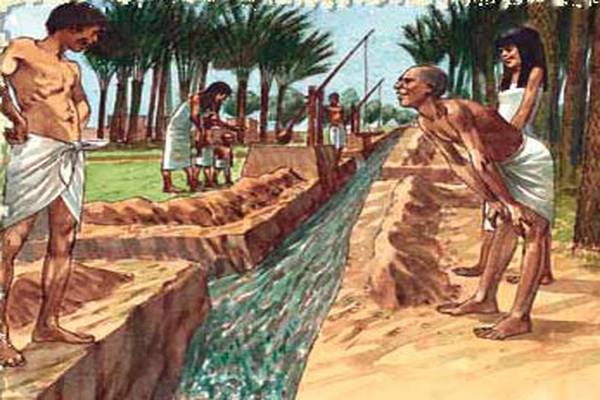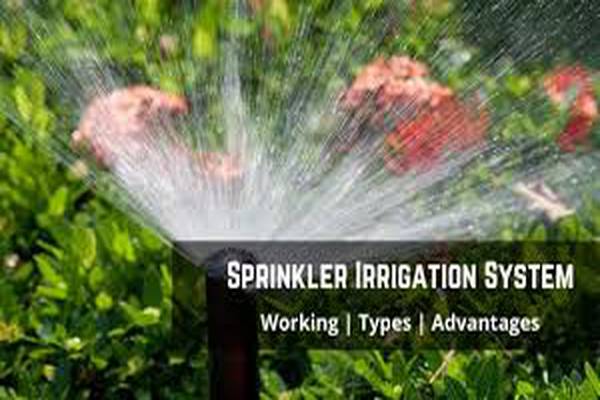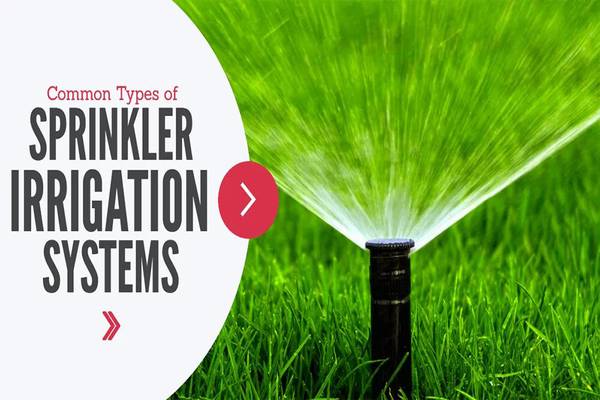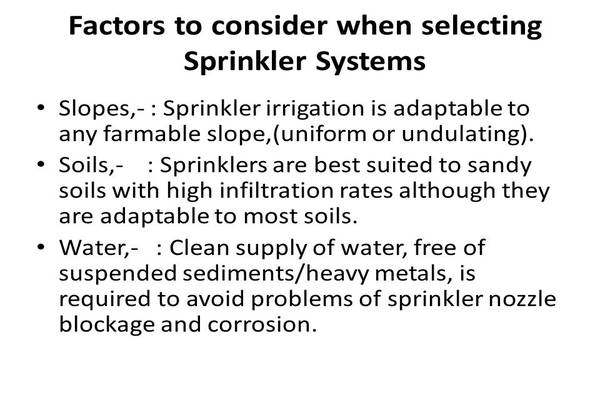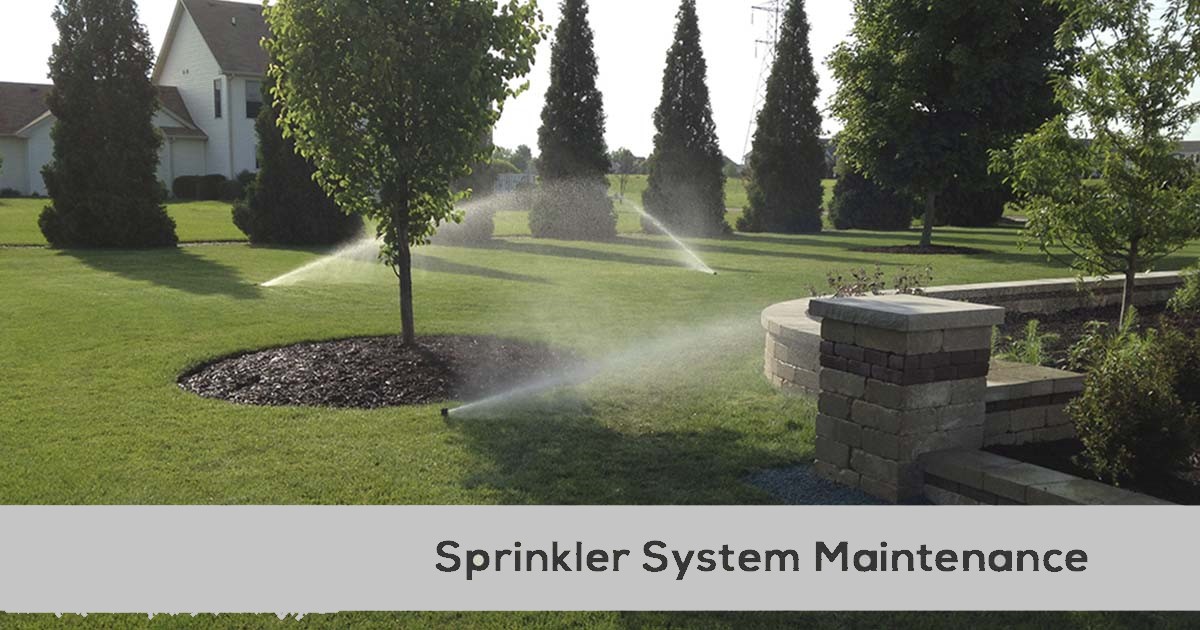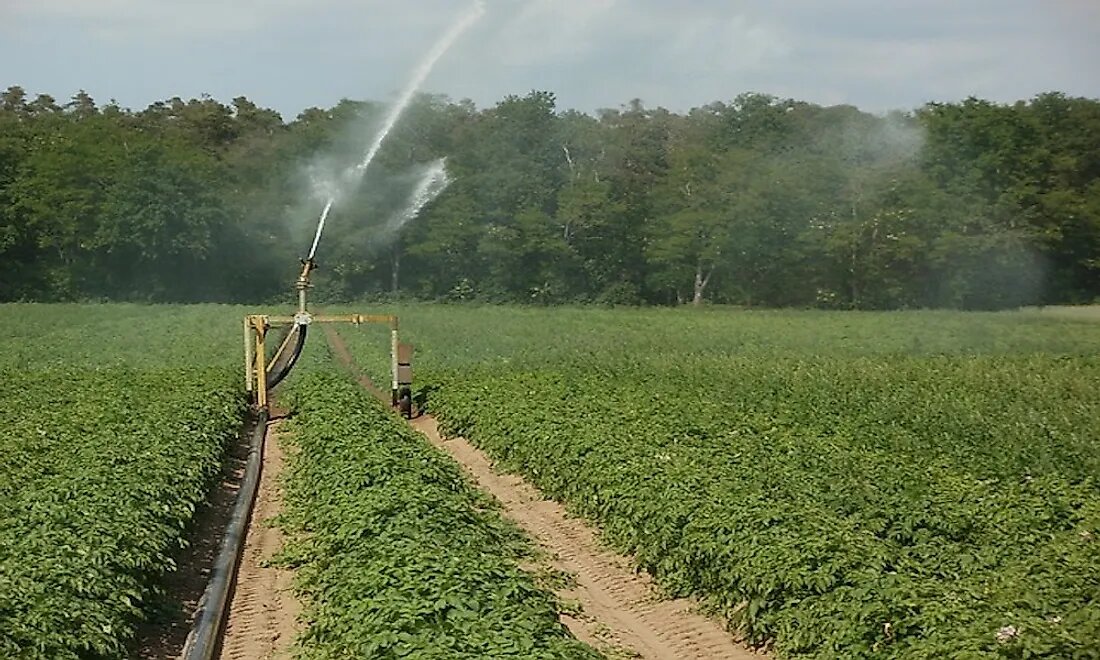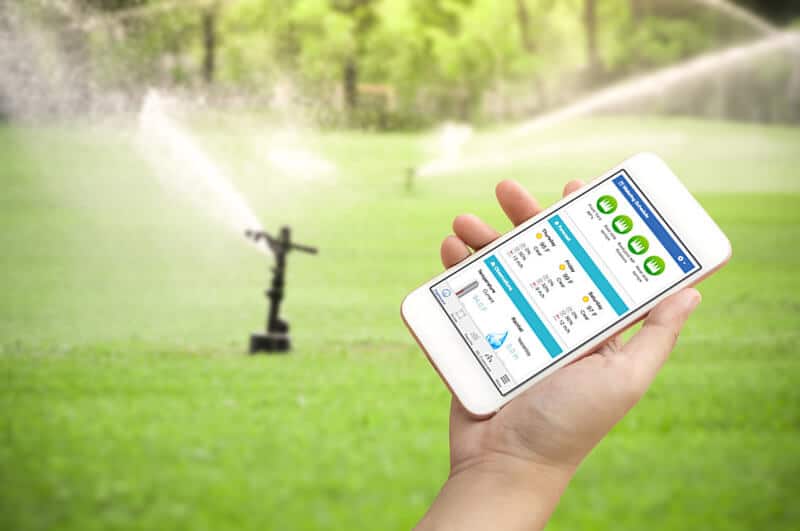How To Use Different Types Sprinkler System In Agriculture
Drafted by: vijaychourey26@gmail.com
In the world of agriculture, where the delicate balance between nature and human intervention plays a crucial role, efficient water management is paramount. The sprinkler system has revolutionized the way we irrigate crops, ensuring that each plant receives the right amount of water without wastage.
The Evolution Of Irrigation Systems
Throughout history, farmers have employed various techniques to water their crops, from manually hauling water to more rudimentary irrigation channels. However, the advent of modern technology led to the development of more sophisticated irrigation methods, with the sprinkler system taking center stage.
The Advantages Of Sprinkler Systems
Water Conservation
Unlike traditional flood irrigation, sprinkler systems deliver water directly to the plant's root zone, minimizing water loss due to evaporation and runoff. This targeted approach significantly conserves water resources.
Uniform Water Distribution
Sprinkler systems ensure even water distribution across the field, reducing the risk of over-watering or under-watering certain areas. This consistency promotes optimal plant growth and higher crop yields.
Reduced Labor Costs
Manual irrigation demands extensive labor, which can be both time-consuming and expensive. Sprinkler systems automate the irrigation process, freeing up labor resources for other essential tasks.
Frost Protection
In colder climates, sprinklers can provide frost protection by creating a layer of ice on crops, which releases latent heat and prevents freezing. This technique safeguards delicate blossoms and buds from frost damage.
Reduced Soil Erosion
By delivering water gently and evenly, sprinklers minimize soil erosion caused by heavy water flow. This helps maintain soil structure and nutrient content, contributing to long-term soil health.
Types Of Sprinkler Systems
Center Pivot
This system involves a rotating sprinkler arm mounted on wheeled towers, irrigating a circular area. Center pivot systems are ideal for large, flat fields and are highly efficient.
Linear Move
Similar to center pivot systems, linear move sprinklers travel in a straight line across the field. They are well-suited for rectangular fields and can be easily automated.
Traveling Gun
Traveling gun sprinklers are portable and versatile, making them suitable for irregularly shaped fields. They mimic the action of a rotating gun, covering a substantial area.
Drip Irrigation Integration
Combining drip irrigation with a sprinkler system provides precise water delivery to individual plants. This hybrid approach enhances water efficiency, particularly in orchards and vineyards.
Impact Sprinklers
Impact sprinklers, often referred to as "rotor" sprinklers, operate by rotating streams of water in a circular pattern. These sprinklers are suitable for large areas and can effectively cover expansive agricultural fields.
Rotary Sprinklers
Rotary sprinklers deliver water in a fixed pattern while rotating on a stationary axis. They are commonly used in residential lawns, gardens, and smaller agricultural plots.
Factors To Consider Before Installation
Crop Type and Layout
Different crops have varying water requirements. Understanding your crop's needs and designing the system accordingly is crucial for successful irrigation.
Soil Composition and Drainage
Soil type influences water retention and drainage. A comprehensive soil analysis ensures optimal water infiltration and prevents waterlogging.
Climate and Water Source
Local climate conditions and the availability of water sources play a significant role in system design. Efficient water sourcing and distribution are vital for sustainable irrigation.
Installing Your Sprinkler System
Designing the System Layout
A well-designed layout considers field size, shape, and water pressure. Proper spacing of sprinklers and precise pipe placement contribute to uniform coverage.
Choosing the Right Equipment
Selecting suitable sprinklers, pumps, and pipes ensures efficient water distribution. Factors like water pressure, flow rate, and nozzle type impact equipment choice.
Installation Process Step-by-Step
Site Preparation
Assembling the System Components
Laying Out Pipes and Sprinklers
Connecting to Water Source
Testing and Adjusting the System
Proper Maintenance And Upkeep
Regular Inspection and Cleaning
Scheduled maintenance, including checking for clogs, leaks, and uneven water distribution, is essential for optimal system performance.
Winterization Techniques
Preparing the system for winter prevents freezing and potential damage. Draining pipes and protecting components prolong the system's lifespan.
Addressing Common Issues
From nozzle blockages to pressure problems, addressing common sprinkler issues promptly ensures uninterrupted irrigation.
The Environmental Impact
Water Waste and Runoff
Inefficient irrigation can lead to water wastage and runoff, contributing to environmental degradation. Sprinkler systems minimize these issues through precise water application.
Energy Consumption
While sprinkler systems require energy to operate, their water-saving benefits often outweigh the energy input. Continued technological advancements aim to further reduce energy consumption.
The Future Of Sprinkler Technology
Smart Irrigation Systems
Emerging technologies, such as soil moisture sensors and weather-based controllers, enable smart irrigation. These systems adjust water delivery based on real-time conditions, maximizing efficiency.
Sustainable Water Management
As water scarcity becomes a global concern, sprinkler systems are evolving to play a pivotal role in sustainable water management, ensuring food security for future generations.

